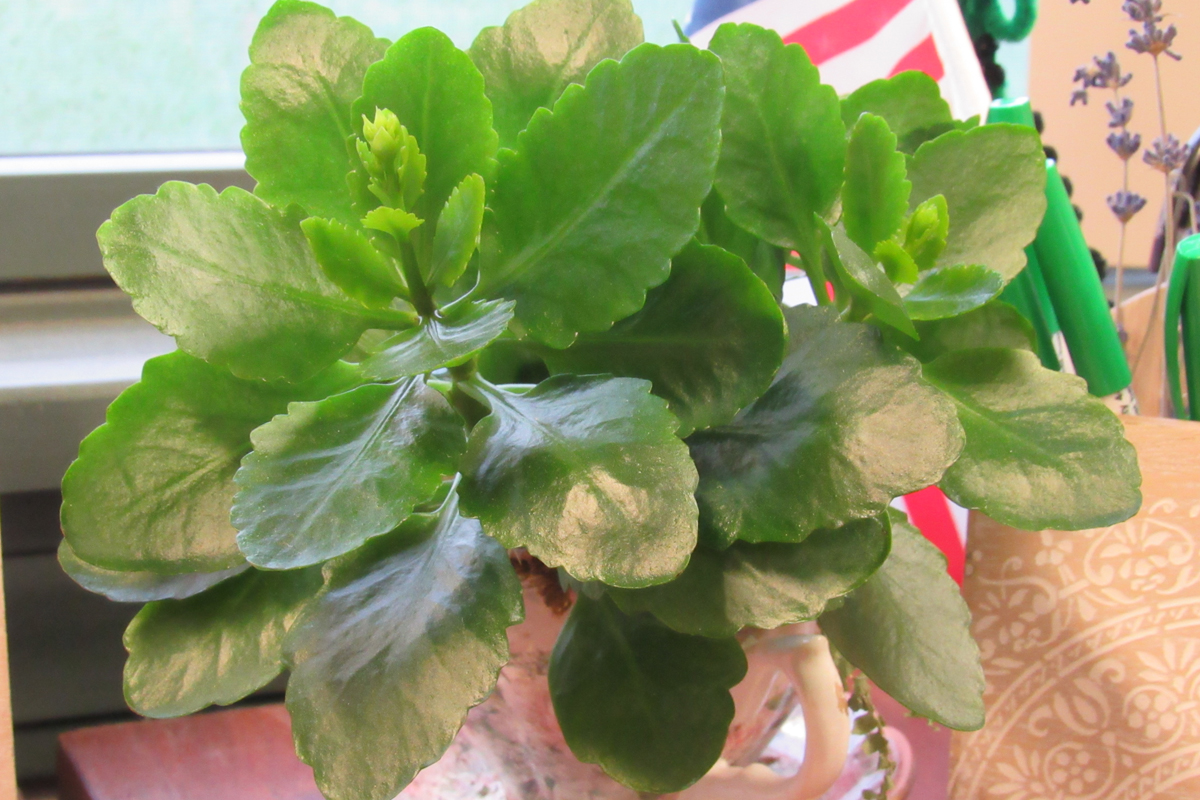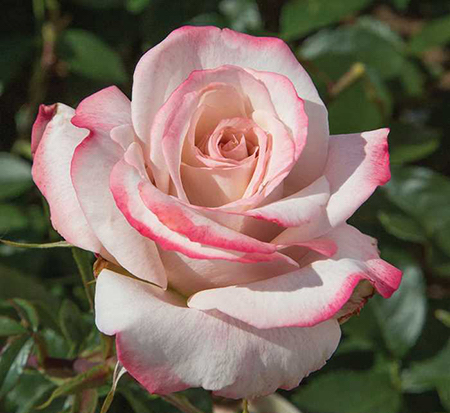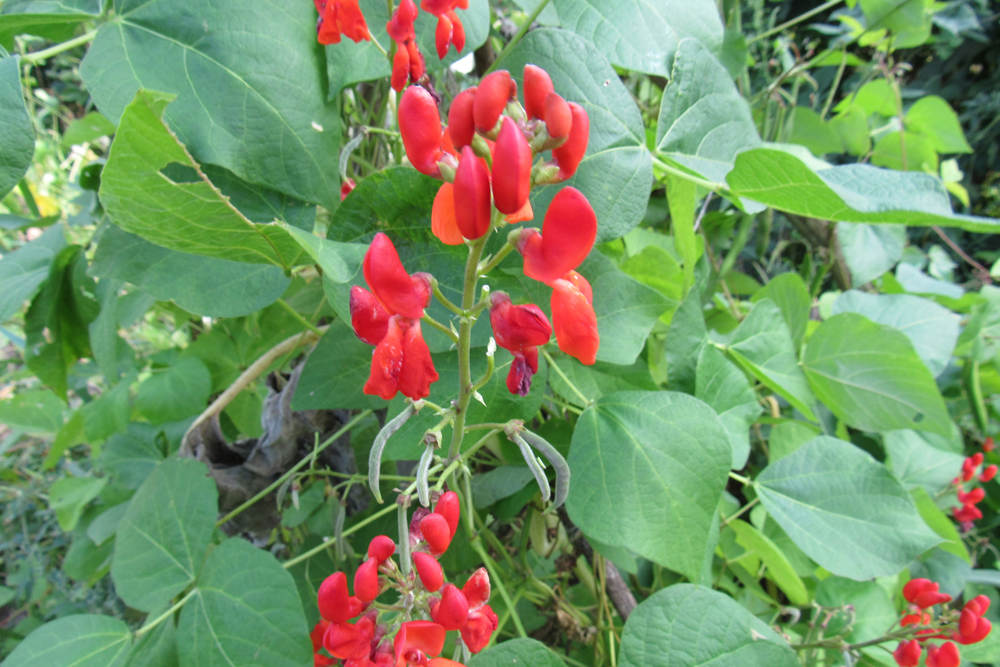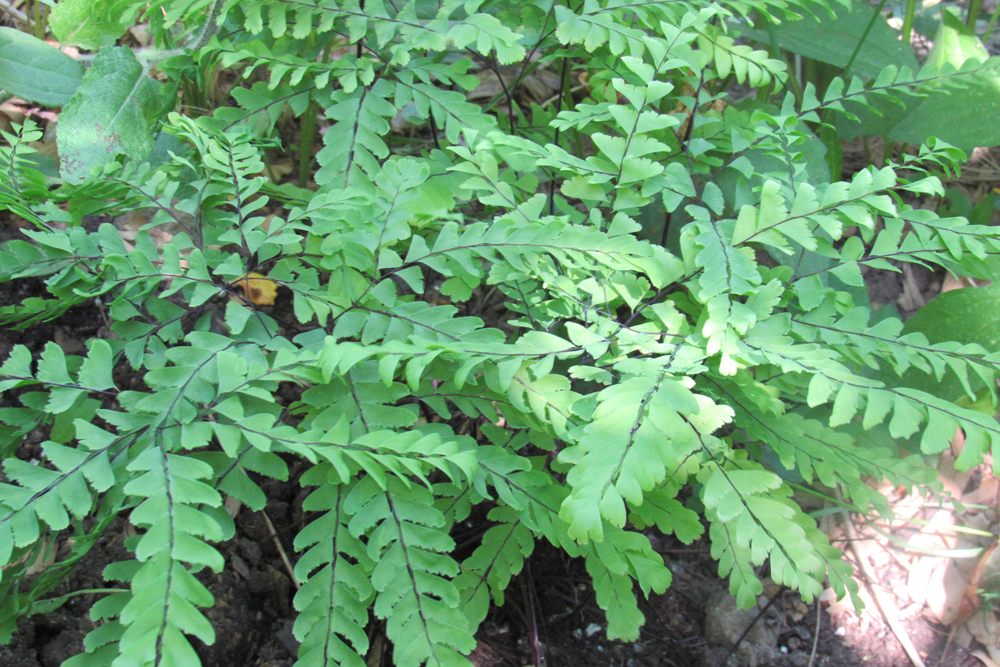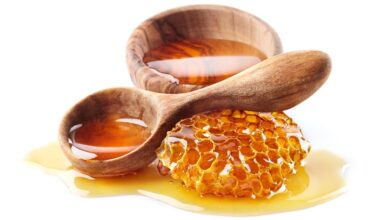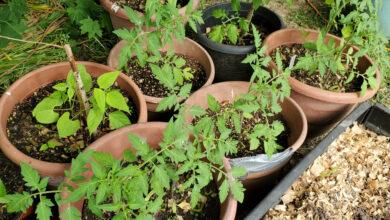Transplanting houseplants
From air plants to terrariums to succulents, houseplants are a hot gardening trend right now and with the growing season over locally, this is a great time to think about care for your houseplants.
To start, here are some signs that your houseplants may be stressed: yellow leaves are a sign of nutrient deficiency, over watering, poor drainage or a combination of these three; wilting and brown spots are a sign of overwatering or root rot; and stunted growth is a signal that the plant has become root bound and is too large for its pot. You might also notice that roots are growing through the pot drainage holes when a plant is ready for re-potting.
One of the fun aspects of transplanting a houseplant is selecting the new container. It should be a few inches wider and deeper than the previous pot with a drainage hole at the bottom. A container that is too large may look out of balance with the size of the plant. Look for containers that will complement the plant’s size, texture, leaf and flower color.
Remember that terra-cotta containers and plastic containers both have advantages: plastic containers are lighter and easier to move than clay pots, especially if your houseplant is large; clay pots provide greater stability and reduce the risk of water logging and salt build up. Penn State University Extension says that clay helps to pull water and soluble salts from the potting mix. For this reason, plants in clay pots need more frequent watering than pots in plastic containers.
Your potting mix is an important factor in repotting houseplants. Using garden soil can lead to disease and pest problems. Use a potting mix or potting soil especially created for potted plants. A peat-based potting mix will weigh less than a soil-based mix, but is more difficult to wet if it dries out. Wet your potting mix before repotting houseplants to make sure the potting mix will absorb water evenly. It is also good to water the houseplant you are transplanting before moving it to a new pot. Let it sit for about one hour before re-potting. Clay pots can be soaked in water overnight to prevent the container from soaking up moisture from the potting mix when the plant is first re-potted. A few pieces of broken clay can be placed over the drainage hole to allow for water to drain while preventing the potting mix from doing so.
Remove the plant from its pot and gently tease the roots so that they are no longer densely matted or circling the root ball. Put enough potting mix in the container so that when the root ball is placed on top, the top of the root ball is slightly below the lip of the new container. Then you can add more potting soil around the root ball and gently firm the top layer. Leave an inch of space between the potting mix and the top of the container to allow room for water and additional growth. Water the pot and place it in its intended location.
